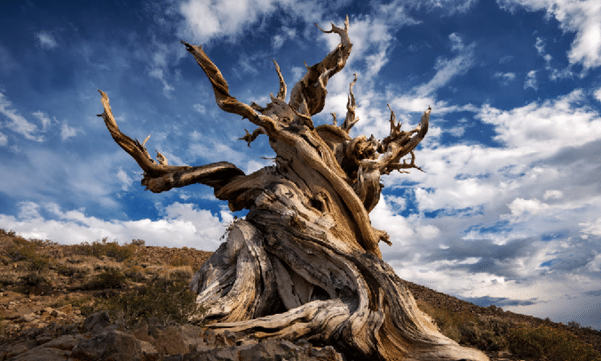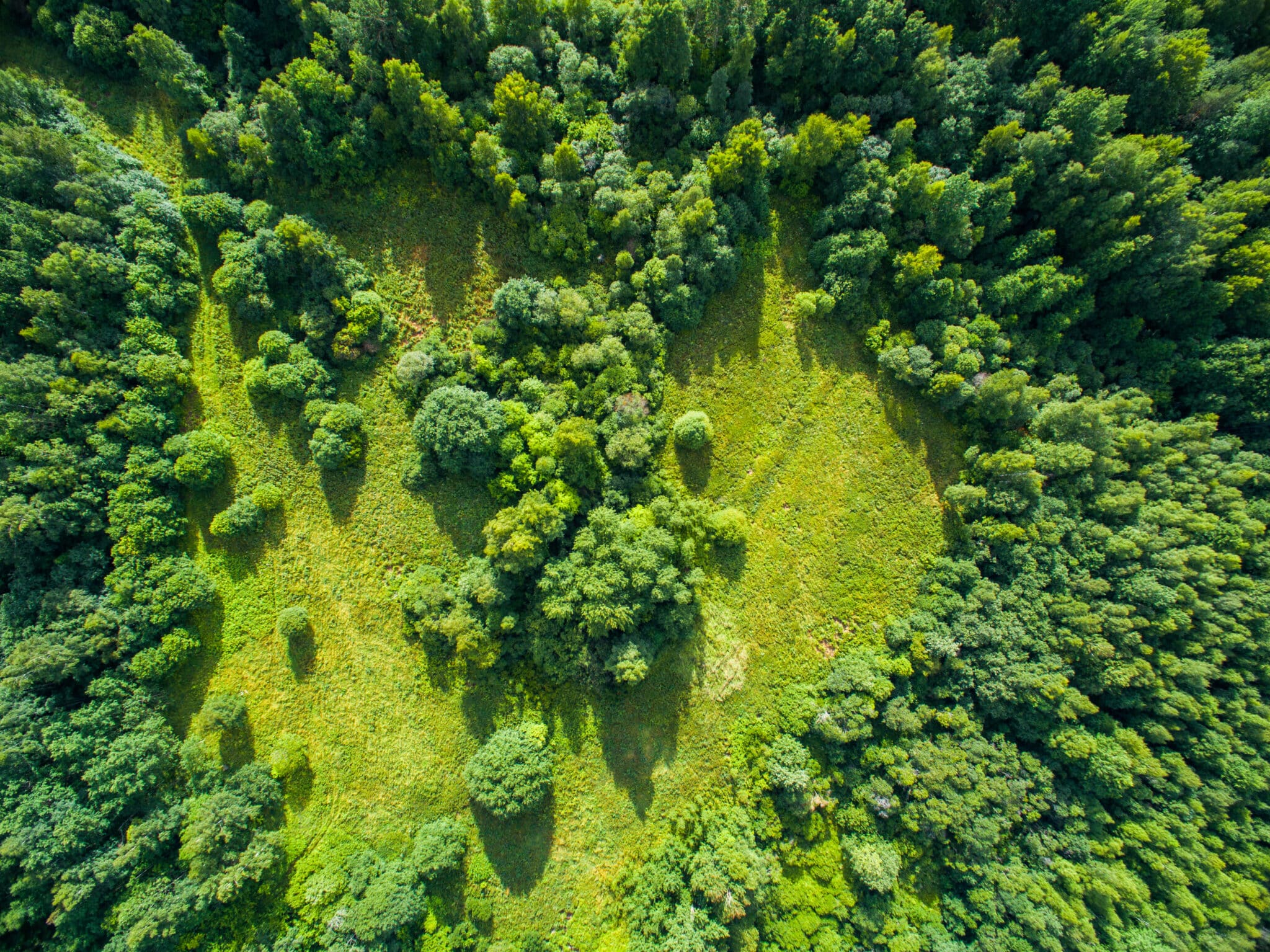Trees are both a critical and majestic part of our environment. But which ones have been doing their job for humanity and our planet the longest? What is the oldest living tree in the world?
Pity Methuselah. Since 1957 this 4,600-year-old bristlecone pine has held the title of the world’s oldest living tree. However, its glory is seldom appreciated because only a handful of people know where it actually is. The exact location in the White Mountains of California’s Inyo National Forest is kept secret for fear of souvenir-snipping tourists. Even photographs are restricted so it can’t be recognised.
If that lonely existence isn’t enough, last year, along came a 5,484-year-old rival to steal the whippersnapper’s record. Ah, the disappointments of youth…
Now the title holder is thought to be Gran Abuelo that stands high in Chile’s Alerce Costero National Park. In 2020, climate scientist Jonathan Barichivich took samples of the 30 metre Patagonian cypress, and used statistical modelling to date its age at 5,484 years. Potentially. Though not as indisputable as a standard ring-counting sample, modelling was the only option as the tree is both too wide for traditional boring, and too fragile at the centre to risk an invasive exploration. So the exact age is still debated, but at least 5,000 years is considered more than 80% certain.
Unfortunately Gran Abuelo’s location is less shrouded and its future therefore more imperilled than that of Methuselah. It has been a regular haunt of tourists, with a walkway nearby that threatens to compress the roots. Moves are afoot to try to bring it more protection.

Forever young
Then there is Old Tjikko, a Norway spruce on Sweden’s Fulufjallet Mountain. While confidently dated at 9,550 years, Tjikko is a clonal tree – one that’s regenerated trunks, branches and roots over the centuries – so is therefore denied the record as an individual specimen. It’s thought that each winter’s heavy snow pushes the lowest branches into the ground where they form new roots.
Clonal trees are a world to themselves. A colony of 48,000 quaking aspen in Utah covers more than 100 acres of the Fishlake National Forest and is a candidate for the oldest and largest organism in the world. It’s nicknamed “The Trembling Giant”.
Finally, tree-aging is not without its own loss and tragedy. Prometheus, another bristlecone pine in Wheeler Park, Nevada, was demonstrated, through ring counting, to be nearly 5,000 years old, giving it a few more birthdays than Methuselah. Unfortunately, in the process of documenting the rings in 1964, the tree was felled – no one is entirely certain why – and all that now remains is its stump. Age has its privileges, and its threats.
One more thing
How many trees are there in the world?
While it would seem next to impossible to put a number on it, the advent of more accurate and prevalent satellite imagery has made it possible to make a stab at an estimate. And that’s 3 trillion, more than 400 trees for every person on the planet. There are around 60,000 different species – a figure established in the first true global census of species published by the Journal of Sustainable Forestry in 2017. The survey also demonstrated that more than half of those species are naturally occurring in just one country.





